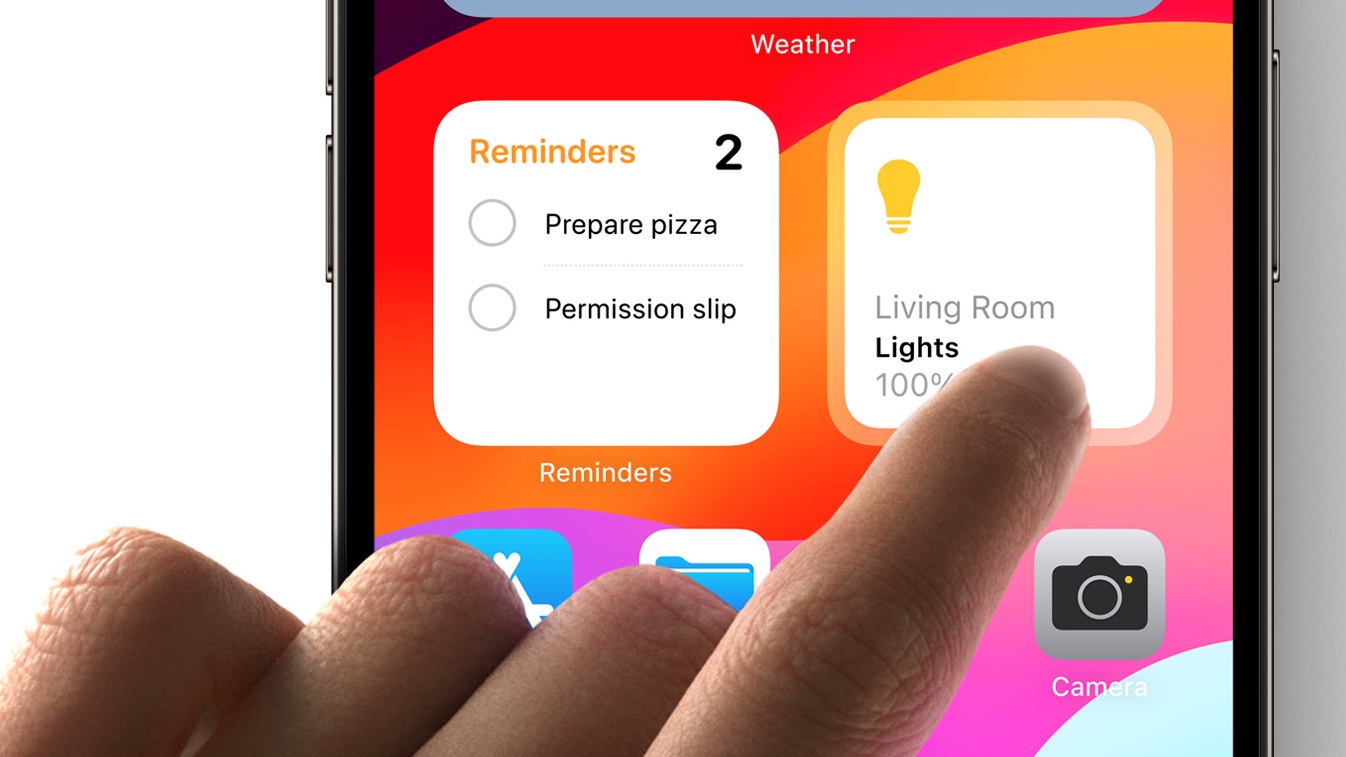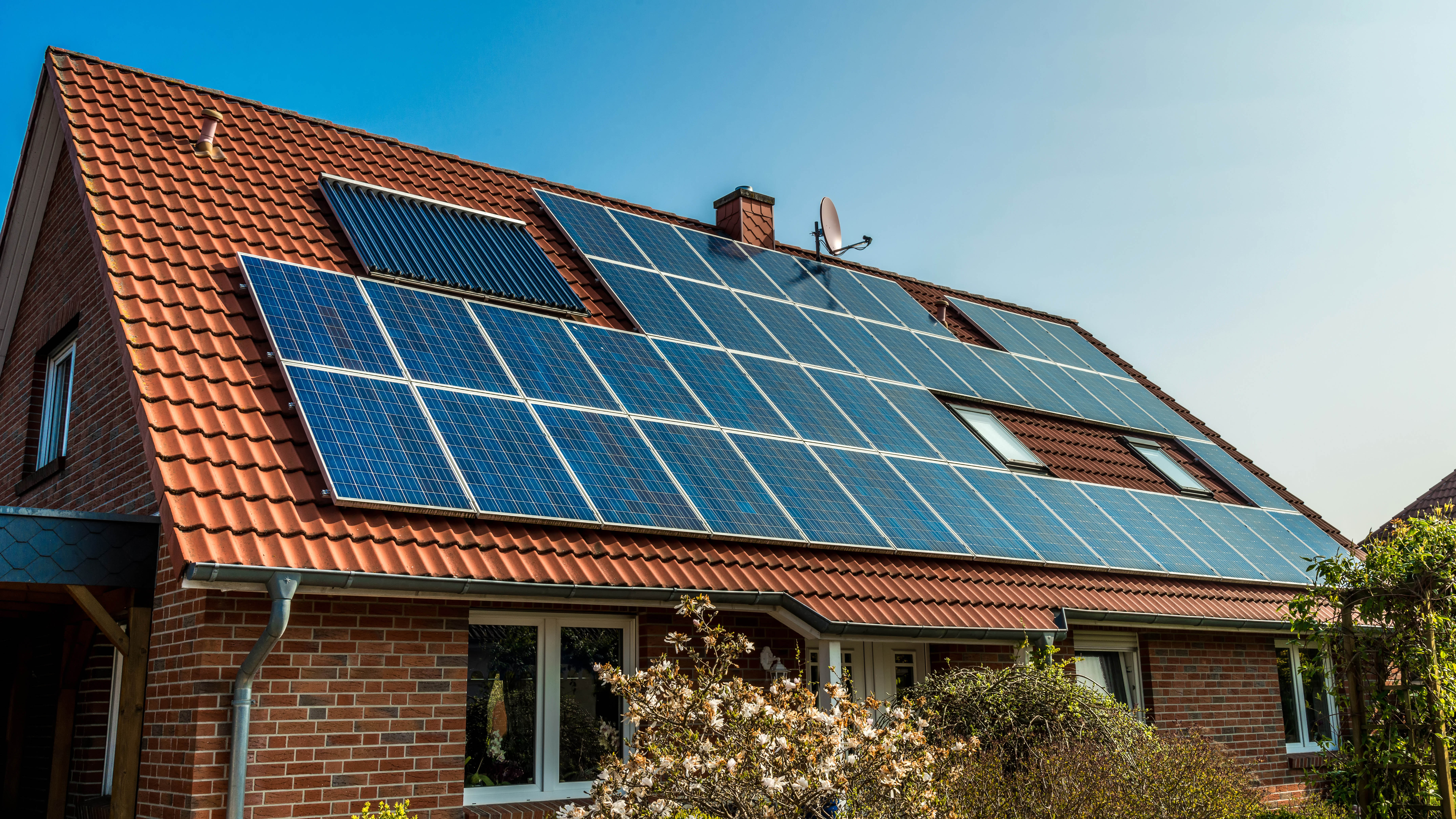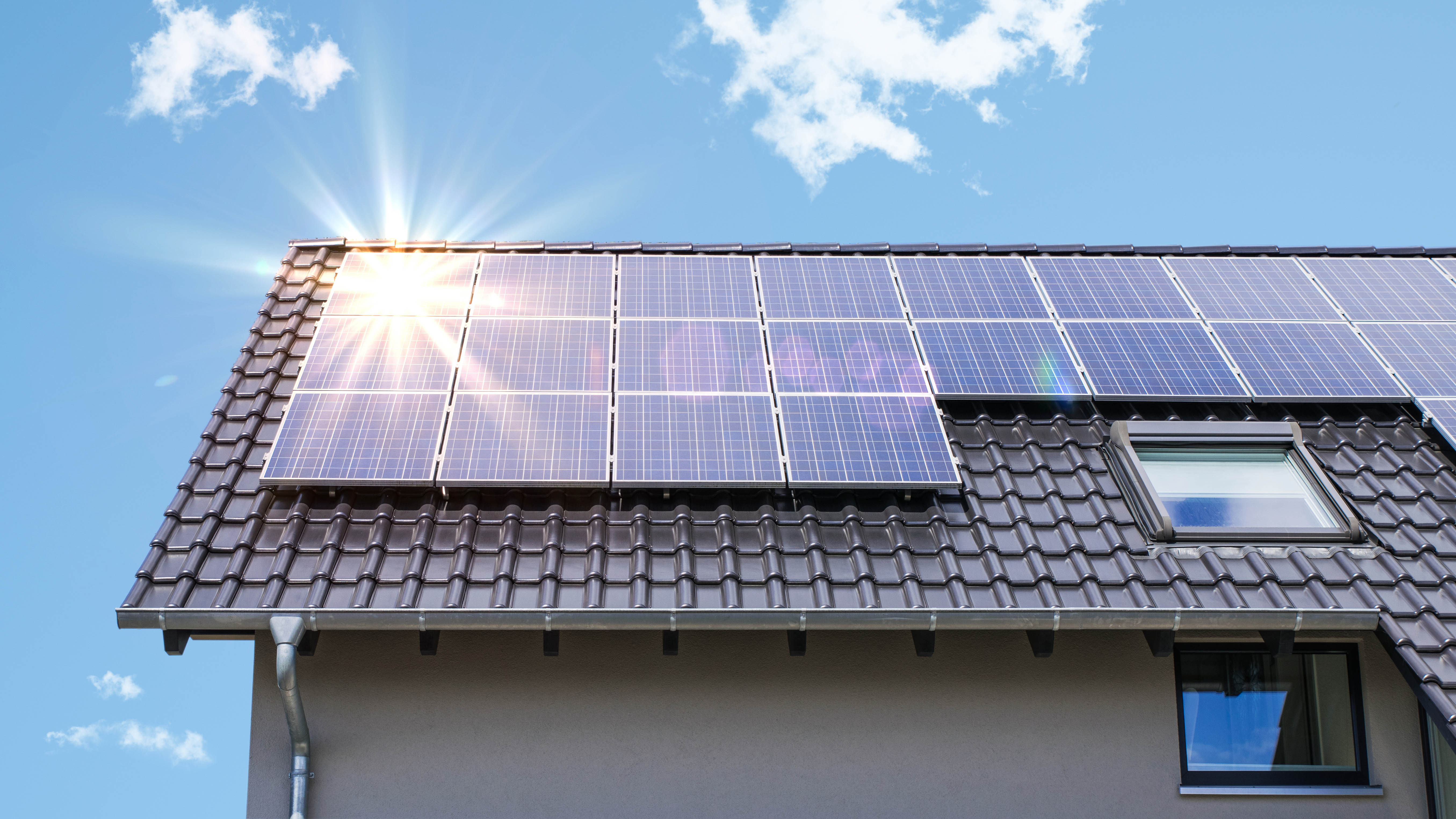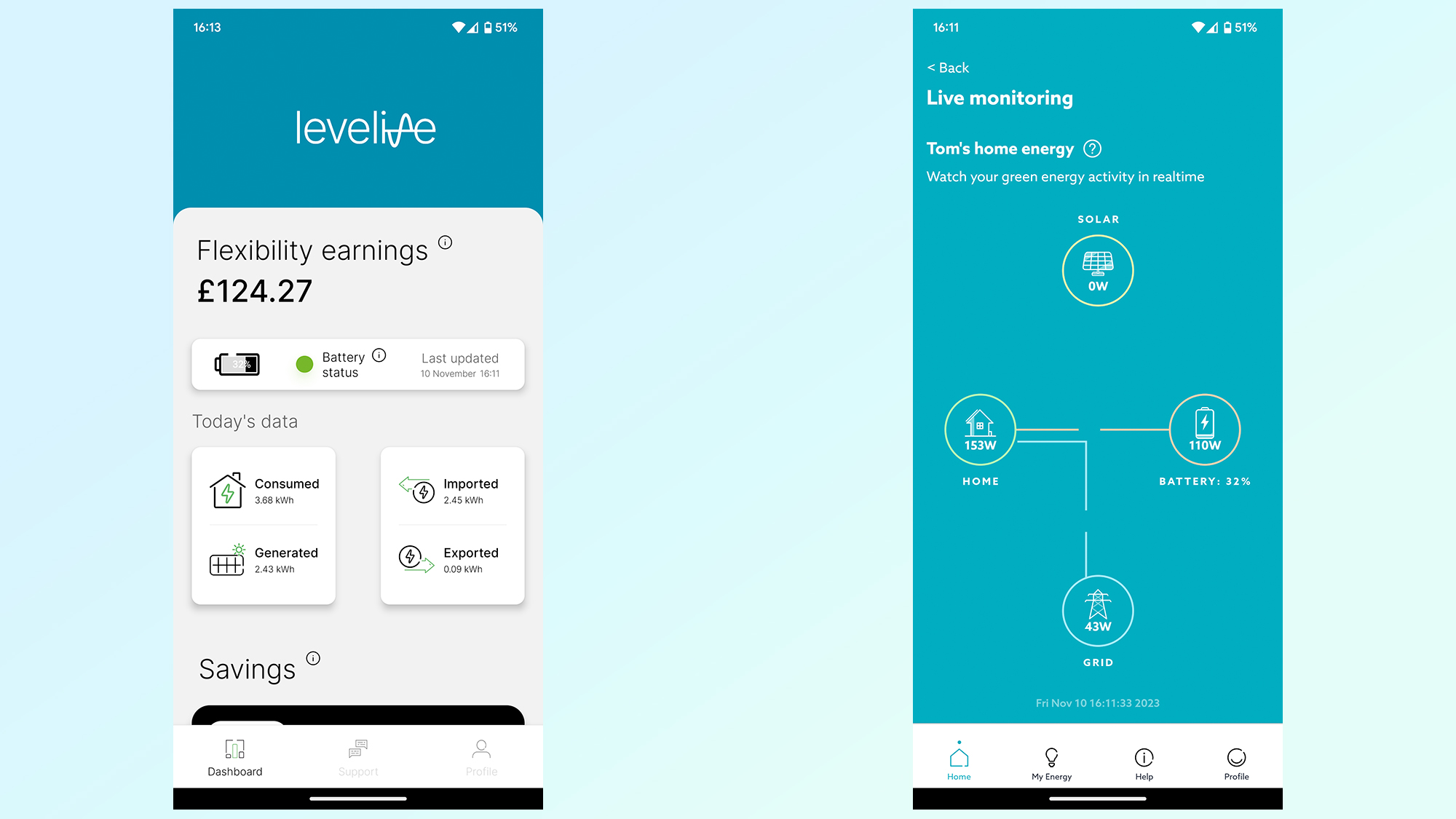
There are a lot of reasons I feel rather wary of smart home systems, but one that always worries me is the underlying software behind it. Specifically, it's troubling that connected devices are so reliant on servers and applications beyond your control — someone somewhere across the world could pull the plug at a moment’s notice.
It doesn’t stop me having smart home tech in my house, but it is always something lingering at the back of my mind. It sounds paranoid, but this past weekend. I was reminded that this could be a very real problem one day.
Thankfully, in this instance, I was able to find a solution, thanks to the fact I stubbornly refuse to buy an iPhone and still benefit from Android’s liberal attitudes to software installation.
Solar power blues

I've had solar panels on my roof for the past three and a half years. It was one of the things I was adamant on getting once I broke free of renting, because who doesn’t love free, home-generated electricity? Part of the installation package was that I could keep tabs on the system in real time, with options to monitor generation, battery status, how much energy I was using in the house and where that energy was actually coming from.
As helpful as it is to be able to create your own power, I haven’t been able to go off grid yet. But knowing how much solar power is available at any given moment, and how much power my appliances hunger for means I can balance my power usage to avoid drawing power from the mains grid as much as possible.
The problem is that the app I use to monitor all that information was rebranded last week. That rebranding came with a new version of the app that stripped out almost all the real-time information. All I could see were statistics about past energy usage, including solar generation and exporting — something my energy provider already offered, and in a much more visually-friendly way.
The only real time data in the current iteration of the app involves battery status and percentage. Not that this is useless information, far from it, but it meant I’d lost access to a heap of rather important information overnight. And it was all because the company maintaining the app got bought out, and the new owners were apparently more concerned about synergy than functionality.
The rebrand technically didn’t happen without warning. The company in question did tell everyone about this change, though my copy of that email ended up being delivered into my Junk folder. Naturally, that means I hadn’t seen the message, or read its contents, so it was rather startling to wake up and find a strange app sitting on my phone’s home screen.
Of course, I couldn’t care less what the app was called, or who was in charge so long as I could retain access to the information I’d grown accustomed to over the past few years. But without that, it was time to find a solution.
Alternative options are not easy to come by

Unfortunately, finding an alternative monitoring solution is easier said than done. Plenty of apps out there can integrate into home solar panel arrays, offering all the necessary information about what the system is and has been doing. The problem is that they all seem to require very specific hardware to operate — hardware that I did not have.
I spent the better part of last Saturday hunting down possible alternatives and creating accounts, only to find that I couldn’t actually sync my home with that particular platform. Even heading back to the company that installed my panels proved a little fruitless.
Their online literature was not particularly helpful, and there was no customer service on hand to at least pretend to want to help. It was Saturday afternoon, so they’d all gone home to have lives outside of work, I guess.
In the days since, I’ve been wondering about this, as any of my smart home systems could suffer the same fate. I’ve got three separate smart home ecosystems in my house, one of which is smart heating company Hive.
While Hive still operates in the U.K. the services used to be available in the U.S. before pulling out in late 2019 and shutting down its servers two years later. The company also abandoned a bunch of products in the U.K., the first of which stopped operating at the start of September.
Without support from the company, all those purchased products are rendered more or less useless. It’s slightly different to my situation now, but it’s still a reminder that smart home tech has a fundamental flaw that allows someone to pull the plug and there’s almost nothing we as consumers can do about it.
Sideloading to the rescue

Fortunately in this instance, I had a solution. While access to certain features had vanished in the rebranded app, the infrastructure powering it was still there. Rather than hunting for an alternative that may or may not exist, I could just revert back to an older version of the app.
If I were an iPhone user, this would have been a dead end. But because Android offers options to install apps from other sources, and has been doing so since the dawn of its existence, you’re not restricted to the specific version of an app that’s available in Google Play.
In my case that meant I could ditch the terribly restrictive version of my solar-monitoring app, and grab the previous version that was working just fine. All I had to do was find the right APK, and anyone that’s ever done this for themselves will agree that the process is easier than acquiring free candy on Halloween. In fact, the whole process of installing an older version of the app took less than 5 minutes.
I’d have done it faster if I had noticed I needed to download a third-party app store before I tried installing the APK manually. That’s what I get for rushing and thinking I know better than the on-screen instructions.
I should note that sideloading apps to your Android device carriers with it some degree of risk. If you're getting the APK from an unknown source, there's a chance that it could contain malware. Our security editor would caution sideloading apps unless it’s absolutely necessary. In this instance, for me, it turned out to be necessary.
In any case, one password reset later and I was back viewing my real-time generation data. By this point, the sun had gone down, so there was no actual solar power to be seen, but I was safe in the knowledge that I had what I wanted. If only I’d tried that earlier in the day. I could have found something just as unproductive to waste my Saturday on.
I’d say it was smooth sailing from there, but I should mention that Google Play decided the sideloaded app needed to be updated to the latest version — which is something I thought Android 14 was going to put a stop to. Apparently my memory can’t be trusted either.
So I had to repeat the whole process, while also double checking that auto-updates were switched off in Google Play. In the grand scheme of things it was only a minor hiccup. And I can live with that.
Bottom line
One day, the developers may decide to shut down my solar-monitoring app, at which point I really will need to put some effort into finding a replacement. But for now, Android’s liberalism has come to my rescue. It just proves that my concerns about smart homes and my dislike of the iPhone ecosystem aren’t completely baseless.
There are a lot of reasons why I’m dubious of smart home tech, despite the fact I own some of the stuff. Whether it’s privacy concerns, cost, or the fact you’re only entitled to use the platform for as long as the manufacturer sees fit always makes me a little nervous. Likewise, there are plenty of reasons why I don’t like using iPhones, but the fact the software is in that “walled garden” means user choice is more restricted — no matter what the security or privacy concerns might be.
Who knows what the future might hold, though.







